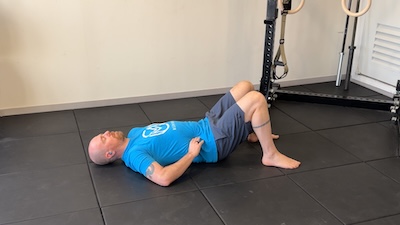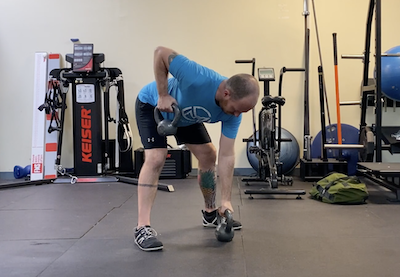BowString
Bowstring exercise
The bowstring exercise is an excellent movement for enhancing thoracic and shoulder mobility. This exercise mimics the action of drawing a bow, providing a deep stretch to the muscles around the spine, shoulders, and hips. It’s particularly beneficial for individuals looking to improve their posture, relieve upper back tightness, and increase rotational movement.
Athletes and fitness enthusiasts will find the bowstring exercise especially useful for improving functional movement patterns and increasing flexibility. By targeting the thoracic spine and shoulder muscles, this exercise helps to counteract the effects of prolonged sitting and repetitive forward motions. The deep stretch provided by the bowstring exercise also aids in alleviating tension and promoting better overall mobility.
Incorporating the bowstring exercise into your routine will improve your thoracic mobility and increase upper body flexibility. This exercise is suitable for all fitness levels and can be easily included in warm-up or cooldown routines. Regular practice of the bowstring exercise will support better posture, reduce muscle tightness, and promote balanced movement patterns for improved athletic performance and daily activities.
Equipment Needed:
- Foam roller
- Open floor or yoga mat
Bowstring Instructions:
- Side-lying on the floor, place a foam roller in front of you parallel with your spine
- Put your upper knee on top of the foam roller and allow your foot to lower to the floor
- Put your arms together with straight elbows out in front of you
- Keeping your knee on the foam roller drop your top shoulder back, rotating your torso towards the ground. This movement makes it look like you are drawing back a bow and arrow
- Take a deep belly breath at the bottom position
- Return to the starting position and repeat the prescribed amount of reps
- Switch sides
Common Errors with bowstrings:
- Allowing the knee to come off of the foam roller as you rotate back
- Don’t forget to take a belly breath at the bottom of each rep
Progressions / Regressions:
If this is too challenging:
- N/A
If you want more of a challenge:
- N/A



